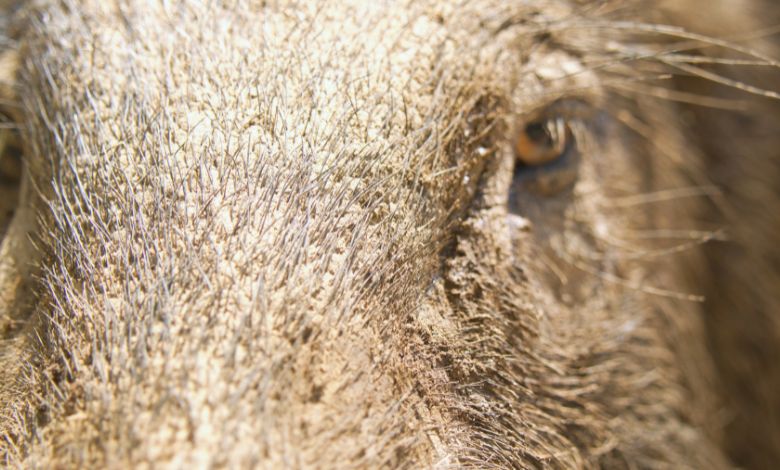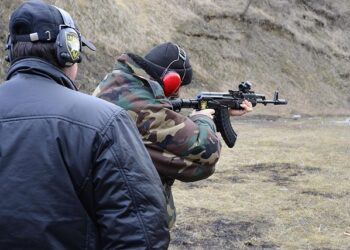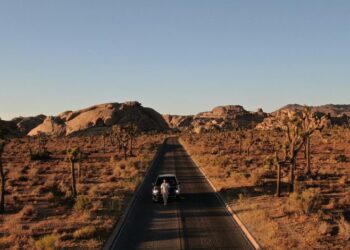Learn how recovery up mh wilds boosts healing, supports builds, and helps hunters survive longer in challenging hunts.
If you are ever deep in a prey in Monster Hunter Wilds and thought, “Man, I really want this drug to be a little more nice,” you probably stumbled into the skills of recovery up mh wilds. For me, this skill has been both a safety trap and a gaming exchanger. I want to be honest, I used to underestimate healing-related skills, and always pursued raw injury. But after a lot of hunting, where I was driving the car because the megabotion was restored enough to avoid just a tail sweep, I decided to restore a shot. Spoiler Alert: I never went back.
In this article, I want to break down properly what is restored in recovery up mh wilds, how it works, how you can get it, and why it can just be hidden MVP in your construction. And because I know how disappointing the unclear guides can be, I also want to sprinkle in my own gaming experiences, some simple to-shim tables and practical advice, so you can immediately search for your prey.
What You'll Discover:
What is improvement in MH Wilds?
At the core, recovery is a skill that increases the amount of health you get when using treatment articles or recovery skills. Think of it as pouring more water into a single glass, you still use the same medicine, but suddenly it fills your health strip more than before.
In the previous Monster Hunter titles, recovery up was often an unseen skill compared to attractive aggressive ones such as promoting important eyes or attacks. But in Recovery Up MH Wilds, where the demon hits hard and the landscape can struggle you down, the difference is noticeable.
Why recovery means more in the Wilds
I want to share a quick story: During one of my early hunting for the wind plans, I chased a cruel new flying witness, who had a personal revenge against me. Every time I recovered, it struck with sufficient damage to refuse my improvement. Before I got ready, I had a wagon twice, I didn’t get HP back per medicine.
When I finished improving. The next attempt was the difference between night and day. Suddenly, a megap notion didn’t buy me another hit; this gave me a respite to buffer my weapon, repulsion and even with a seed. In a game where the seconds mean something, the extra part of the HP extraction felt as if the difference between barely scraping and controlling the match. That’s when I realized why many hunters swear by recovery up mh wilds for survival.
How does recovery in Monster Hunter Wilds work
Here is simple breakdown:
- Level 1 recovery → Increases health by about 10%.
- Level 2 recovery → Increases health by about 20%.
- Level 3 recovery → Maximum level and increases recovery up to 30%.
Therefore, if a megabotion normally restores 100 hp, with recovery level 3, you will get 130 hp instead. It may not be too big on paper, but in practice it is massive, especially when doing chipse damage from environmental hazards or many monsters in a campaign.
How to Unlock Recovery in MH Wildes
Now let’s go to the juicy part, how do you actually get in MH Wildes?
Like the previous sport, the skills of the Wilds come from armor, decoration and charm. Depending on the first data and what I have discovered in my prey:
Armor
- Many support-focused armor kits make recovery by default. If you play a co-op or healer/support role, you will probably unlock these naturally.
- Some armor from regenerative or life-themed monsters (think, insect-like or mossy demons) also carry this skill.
Decoration
- Recovery jewelery (or their game equivalent) may be slotted in armor with open decoration slots.
- If you want to combine it with aggressive skills, this is the most flexible way to stack recovery.
Attraction
- Once you have unlocked some monsters and resources, recovery-based charms can be prepared or upgraded into Smithy.
- Personally, I think the easiest way to fit improvement in an aggressive build without waiving armor pieces.
That flexibility is part of what makes Recovery Up MH Wilds so appealing, you can weave it into just about any playstyle.
MH works best with improvement in Wilds
If you are wondering if the recovery fits in Playstail, there are some building ideas here:
1. Easy Survival Production
- Weapons: Great Sword, Charge Blade or Bowgun.
- Why recovery works here: These weapons often highlight you. Being able to fix more health quickly helps you stay in a struggle without the time to sacrifice many medications.
2. Support/Co-Op Healer Build
- Weapons: Hunting horns, swords and shields, or light bowgun.
- Why Recovery Up works here: If you run a wide range to share potion effects with teammates, Recovery Up makes each shared healing more powerful. You will be MVP without having to shop for yourself.
3. Endgame Expedition Build
- Why recovery works here: When Wilds detects a dynamic environment, you can take chip damage from sandstorms, heat, or monster ambushes. Recovery helps you sustain longer without burning through supplies.
And in all these cases, recovery up mh wilds makes you feel a little more unshakable in drawn-out battles.
Recovery vs other treatment skills
Now you can compare the extraction of similar skills.If you are to devote marks to healing, you must know that you are making the right choice.
| Skill | Effect | Best For | Stacking with Recovery Up? |
| Recovery Up | Increases all HP restored | Everyone | Yes |
| Recovery Speed | Makes natural red health recovery faster | Tank builds | Yes |
| Wide-Range | Shares item effects with teammates | Support builds | Yes |
| Divine Blessing | Chance to reduce injuries | Defensive builds | Indirect synergy |
In my experience, Recovery Up + Wide-Range is a co-op dream combo. And if you throw in Recovery Speed, your team suddenly feels infallible. This is exactly why recovery up mh wilds is becoming a staple for both soloists and team players.
When are you going to use recovery
Recovery is not always compulsory, but here’s when it shines most:
- Solo hunts against hard-hitting monsters → You need maximum efficiency from each medicine.
- Multiplayer Support → Is more effective with the healing layer of recovery.
- Long campaign → Preserves the healing objects as you search for the open areas of the Wilds.
- Status Effects → Poison or bleed-heavy monsters where you are constantly treating.
Fast, aggressive weapons such as Dual Blades or Insect Glaive may prioritize aggressive skills instead. But if you often cart or run out of supplies mid-hunt, Recovery Up can be a lifesaver, and that’s when you’ll be glad you invested in recovery up mh wilds.
My personal trip with improvement
Let me paint a picture: I was in the middle of a co-op hunt with three friends, we were all facing a huge, armored Leviathan in the Evershade Marshes. Two teammates fainted quickly, and morale dropped fast. Normally, this would be the moment panic sets in. But thanks to my Recovery Up + Wide-Range build, every time I healed, my potions restored way more HP.
Until the end, we didn’t make any more faints, and my friend even said, “Dude, your healing carried us.” This was the moment when Recovery Up became a permanent staple in my loadouts.
It taught me something valuable: although attractive damage numbers look good, it feels even better to survive to finish the hunt. And nothing demonstrates that more than Recovery Up MH Wilds in action.
Final thoughts
- At first glance, a “dull” defensive skill like Recovery Up might seem boring compared to Attack Boost or Critical Eye.
- But the reality is that hunts aren’t just about dealing damage, they’re about surviving long enough to win.
- And that’s exactly where it shines.
- Whether you are learning the ropes as a solo hunter, pushing endgame expeditions, or the healer in your squad, Recovery Up gives you that important breathing room when the fight becomes chaotic.
- So the next time you find yourself chugging a potion and wishing it healed just a little more, remember, recovery up mh wilds has your back.
Additional Resources
- Recovery Up Skill Effects: Detailed breakdown of Recovery Up levels, effects, and in-game mechanics.
- Kiranico Recovery Up Database: Comprehensive database showing healing multipliers, skill descriptions, and gear.






